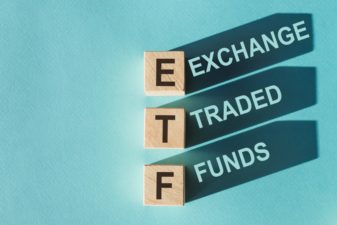One of the biggest dilemmas Canadian retirees face is deciding when to take CPP. On the one hand, delaying CPP benefits means greater annual payouts. On the other hand, taking benefits earlier means more years of receiving them. Given the fact that both options have their pros and cons, it can be hard to decide which is right for you. The following are some things to consider when taking CPP at three common age milestones: 60, 65, and 70.
Taking CPP at 60
60 is the youngest age at which you can take CPP. If you take CPP at 60, you’ll get 36% less per year than if you’d taken it at 65. But you’ll get five more years of benefits. If, for whatever reason, you expect to have a shorter-than-average life expectancy, it may make sense to take CPP at 60.
Sun Life Financial offers an online life expectancy calculator to help you determine how long you’re likely to live. This is no substitute for speaking with a physician, but it could be a good place to start.
One reason to consider taking CPP at age 60 is if you plan on investing in an RRSP through your 60s. By investing $600 a month in stocks like Fortis (TSX:FTS)(NYSE:FTS), that pay regular dividends, you could build up a sizable RRSP cash flow.
Over time, that could add up to more than you’d get from taking CPP later — depending, of course, on how well the investments performed. The absolute latest you can wait to start drawing down on your RRSP is until age 71, so taking CPP later wouldn’t make sense for somebody hoping to use their CPP money to build up their RRSP.
Taking CPP at 65
65 is another common age for people to take CPP at. It’s the baseline against which other ages are compared: your benefits at 60 or 70 are based on the amount you’d get at 65 minus or plus a monthly amount.
The average amount Canadians get when taking CPP at 65 is $736, while the maximum is $1,175. Taking CPP at 65 is a good middle-ground option if you expect to live a long time. It does give you six years to compound investments in an RRSP before retiring, which is one benefit you wouldn’t get if you took CPP at 70.
Taking CPP at 70
Taking CPP at 70 gives you the biggest monthly benefit possible. If you wait that long to take benefits, you’ll get a full 42% more than if you took them at 65. That might sound like a sweet deal, but keep two things in mind:
- If you don’t expect to live long, you may end up getting fewer total benefits by taking CPP at 70.
- Taking CPP at 70 makes financing RRSP contributions with CPP nearly pointless.
To expand on that second point a little bit: if you take CPP at age 70, you only have one year left to contribute to an RRSP. That means only one year of compounding. First, there’s no guarantee that you’ll realize a gain over a period as short as one year. The markets have declined over 12-month periods many times before. Second, the dividends received in a one-year period would be insignificant.
To return to our Fortis example again: let’s say you had $15,000 worth of RRSP contribution room at age 70. Now, let’s imagine you contributed $15,000 to your RRSP, and invested it in Fortis stock. At today’s yield, you’d get only $525 in dividends on that. And there’d be no guarantee of capital gains.
By contrast, if you took CPP at 60 and invested $600 a month in Fortis shares, you could end up with tens of thousands in dividends and capital gains by age 71. So, if you want to invest your CPP money in an RRSP, taking benefits earlier is the better bet.
 Act Fast: 75 Only!
Act Fast: 75 Only!






